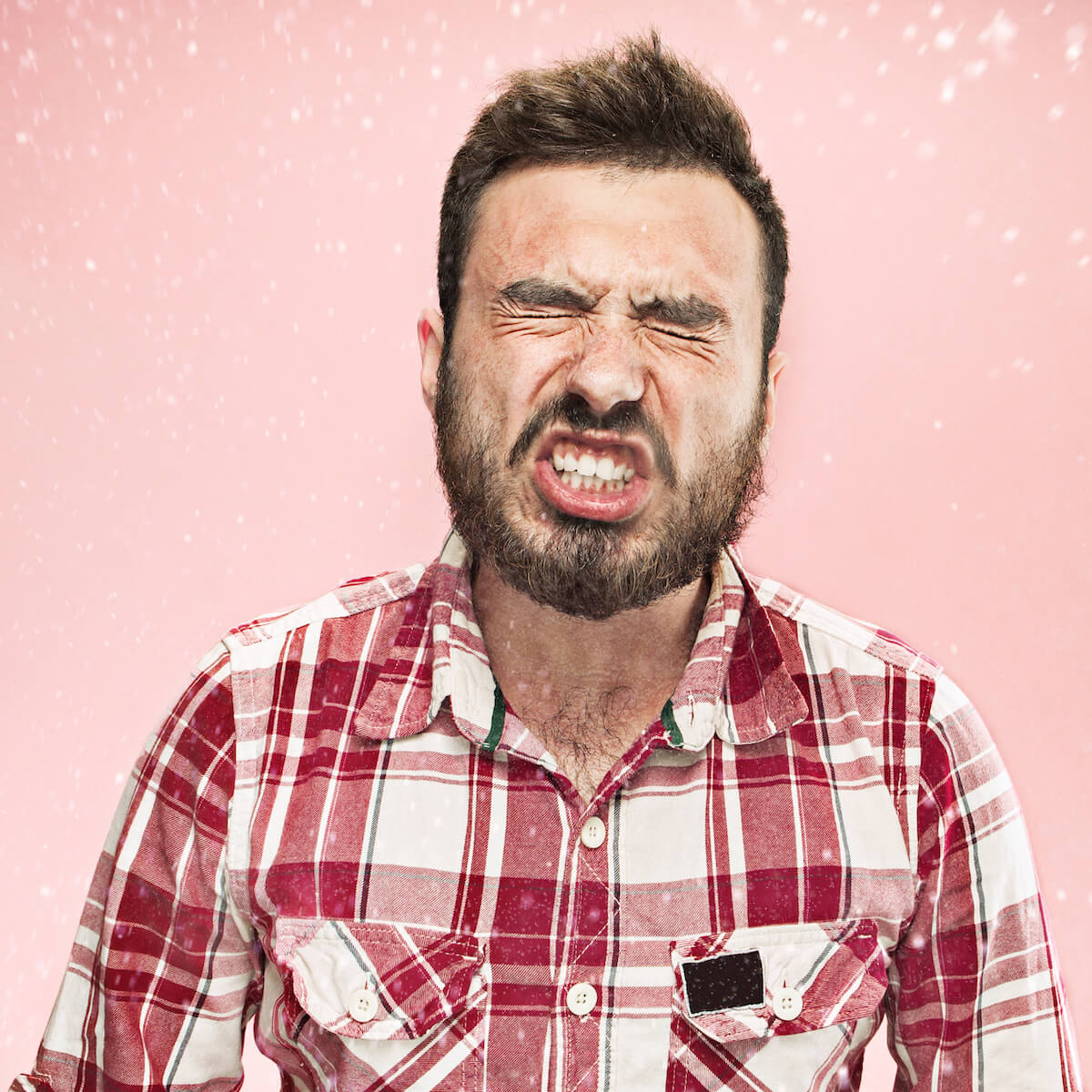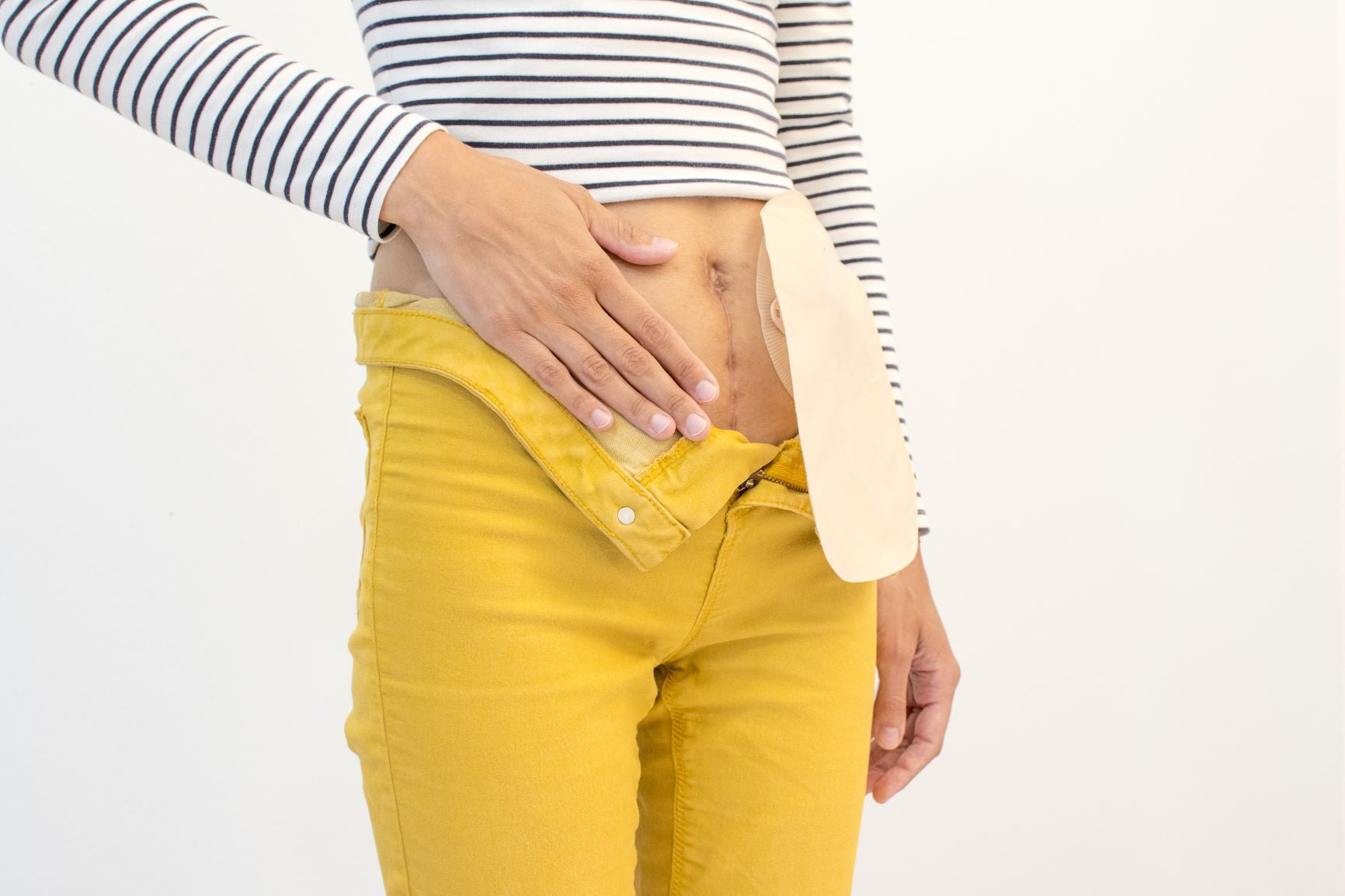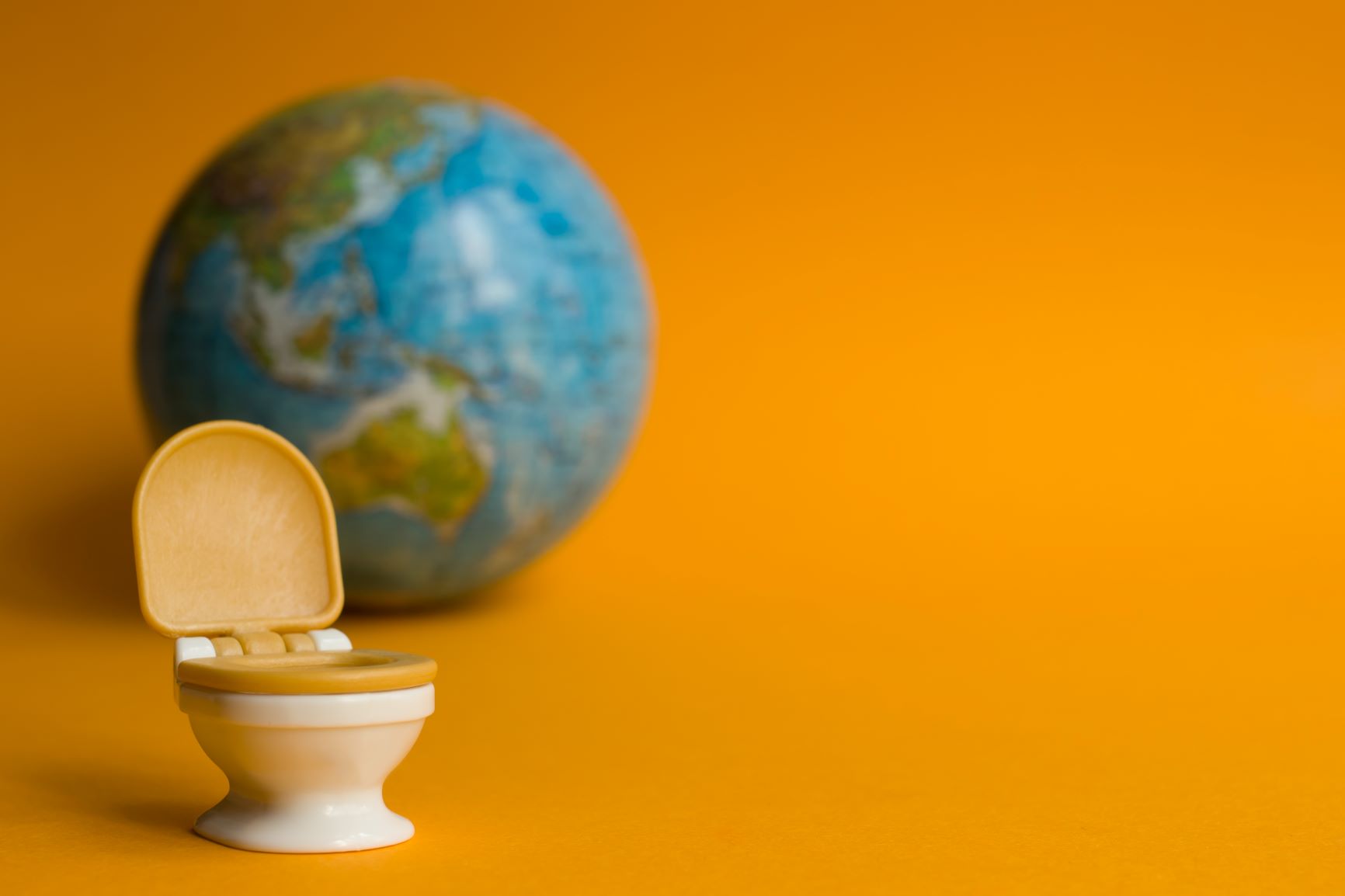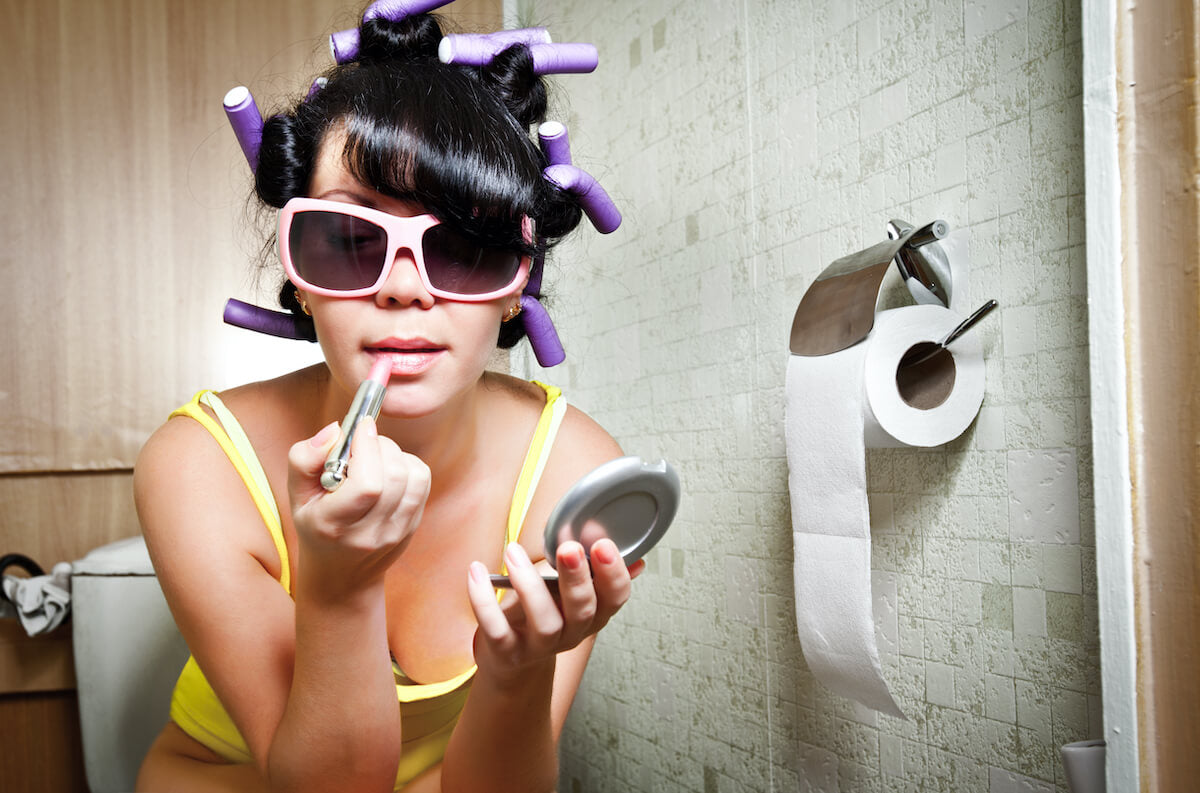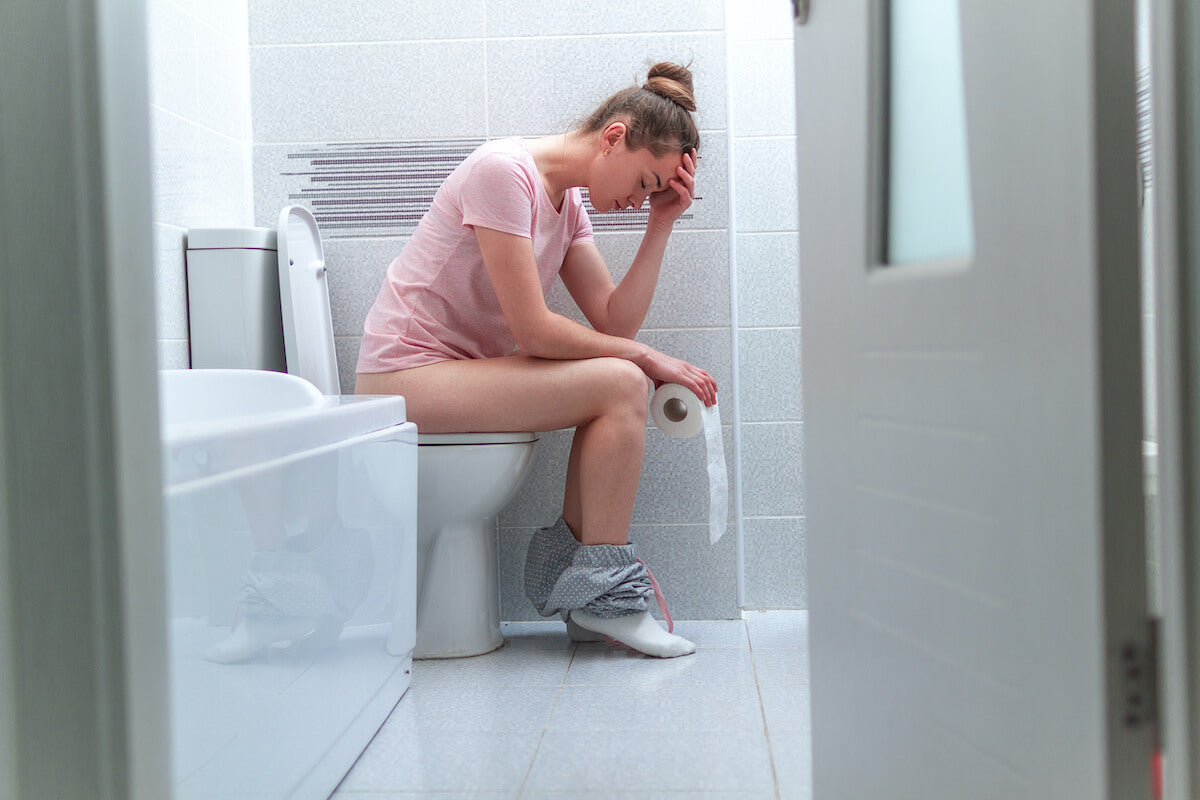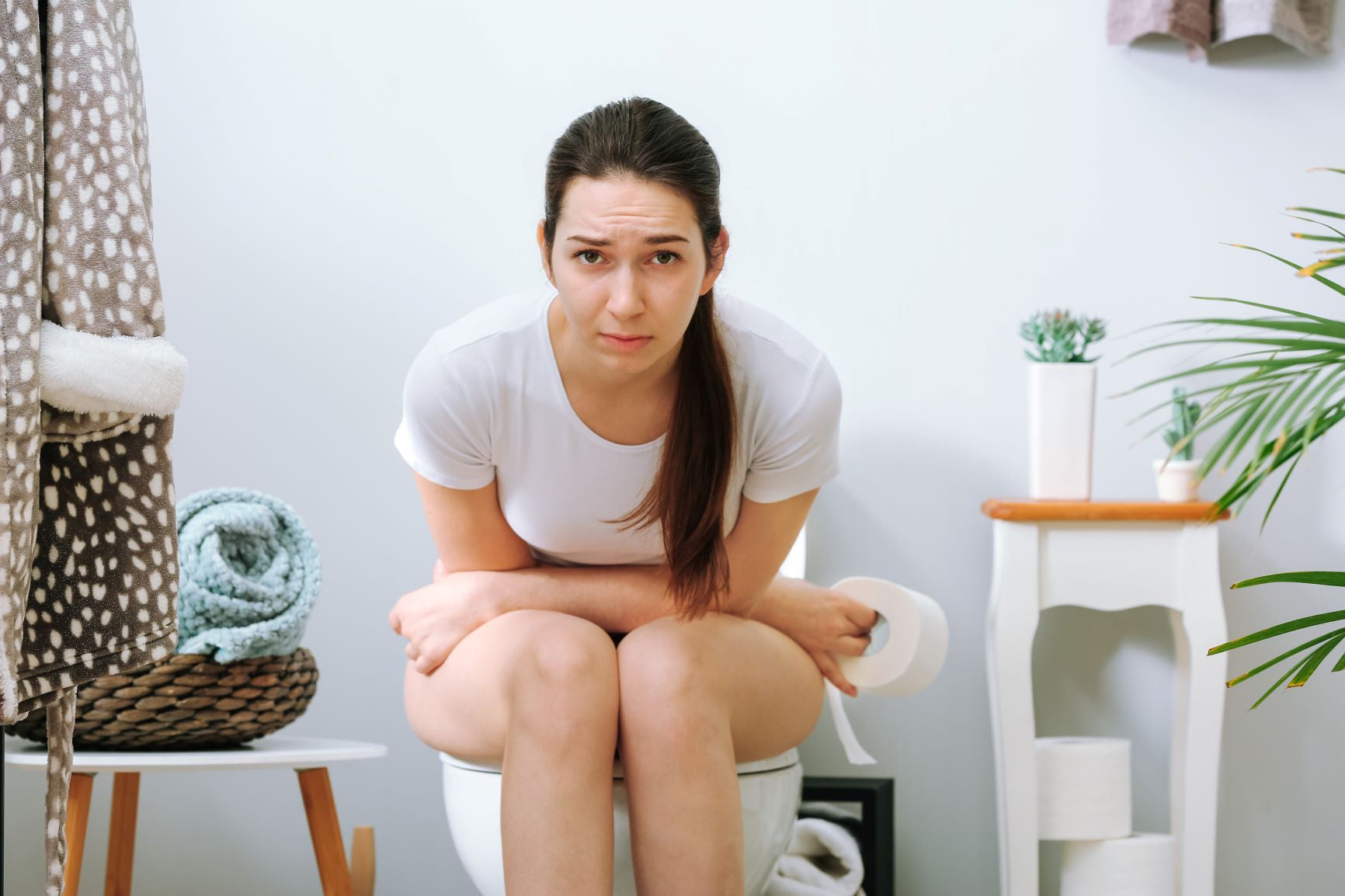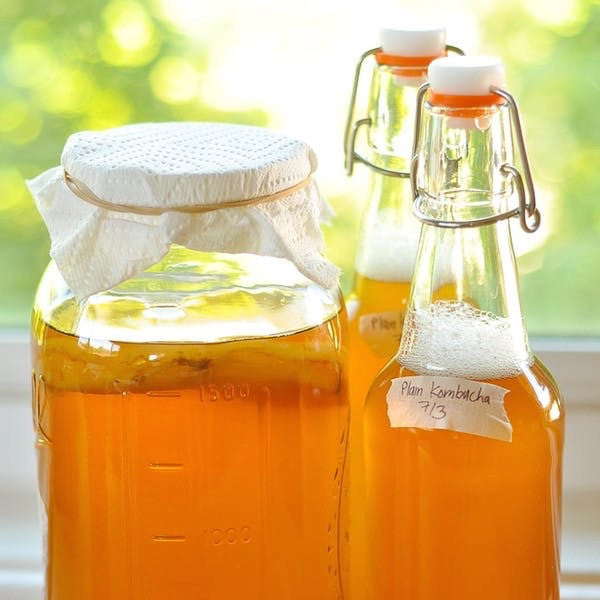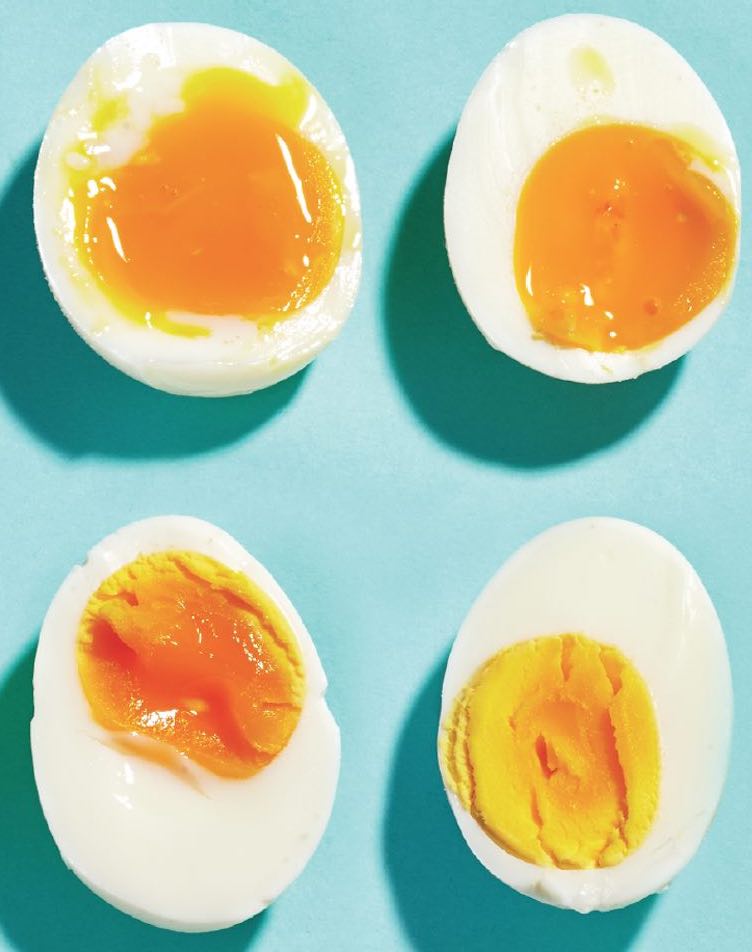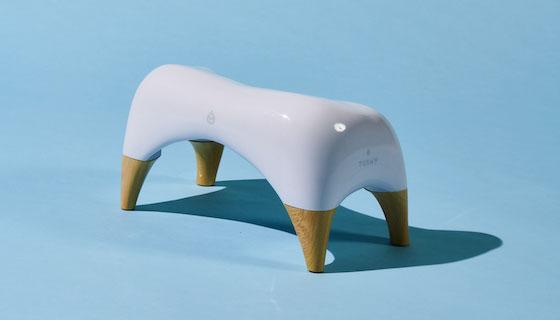Putting someone else’s poop… inside you? At first, the idea reeks of a child’s fantasy in a Miranda July film (who remembers pooping back and forth?). Or worse, a full-blown scat fetish (no judgement!). Let’s just say that at first glance, we gave the idea a hard pass, pun intended.
It turns out that taking a healthy person’s poop and putting it in an ill person is a very real thing that happens on the reg. But is it legit? When Goop suggested that so-called “transpoosions” may save us all, we felt like probs not! But when the esteemed doctors at John’s Hopkins hopped in the mix, we started thinking -- do we need someone else’s poo STAT?
If your doctor has recently recommended a fecal transplant or you’re desperate to know more about Gwyneth Paltrow’s latest anal craze, read on:
What… is … a Poo Transplant?
Let’s dive right in. Or rather, dive right up… your butt :P
A fecal transplant procedure is taking the stool of a healthy donor and implanting it in the colon of another person. The reason is to restore the balance of bacteria in the donee’s gut. Our guts are home to millions of happy, healthy bacteria that live in a delicate balance. When the bacteria gets out of balance, it can look like diarrhea and other intestinal problems.
Here’s the thing: sometimes antibiotics that treat gut infections also kill off helpful bacteria, which can cause cyclical illnesses. For example, about 20% of people who take antibiotics for C. difficile, a common stomach bug, develop the bug again. Doctors trying to help get patients off this sick cycle carousel may turn to fecal transplants.
A fecal transplant from a healthy donor (we’re imagining a Hemsworth type) encourages the recipient’s body to grow healthful bacteria. This can fully cure some infections and also reduce the severity of certain gut problems. It’s kinda like Activia on steroids. Jamie Lee Curtis would stan.
But What Exactly Happens With A Transpoosion?
First off, we want to make sure that this is a good procedure for you. The primary use for a fecal transplant is treating C. difficile-associated disease (CDAD), which kills about 15,000 people every year from severe colon inflammation. It’s also used to treat inflammatory bowel disease (IBD) and irritable bowel syndrom (IBS).
Once we’re clear that you’re a match for a tranpoosion, we have to find your donor match! Your doctor (again we’re imagining a Hemsworth) will screen the fecal transplant donor to make sure they are an ideal specimen. We are seeking clean waste. Ideal poo samples are free of gut disease, with 0% hepatitis.
With healthy stool in hand, your doctor will deliver the donor feces through a colonoscope. It’s a small, flexible tube that gets to your colon through the rectum. Generally, patients will take a sedative before the procedure, and the whole ordeal is pain-free. On some occasions, the doctor will inject liquid feces via enema rather than colonoscope. This method is also pain-free and honestly far from the worst Wednesday we can think of.
Wait, I Have More Questions...
Let’s do a quick poo FAQ.
What are the risks?
Well, fecal transplants are safe and sterile, especially when the sample is from a healthy donor (last time we’ll bring it up, but like -- let’s get this poo from literally Liam Hemsworth!). In terms of long-term safety, more research needs to be done. And unfortunately, a recent fatality due to an antibiotic-resistant infection after a fecal transplant has led to an FDA-enforced suspension of clinical trials. They also sent out an adverse event warning to healthcare professionals.
Antibiotics after a fecal transplant can also cause complications, and you should tell your doctor about a recent fecal transplant if you’re receiving antibiotics for an infection. BRB, taking a moment to thank God that we don’t have a severe infection rn!
There’s also research that suggests that previous hospitalization, recent surgeries and being female are all risk factors for a fecal transplant, so… Sorry Gwyneth!
When was the first transpoosion?
Ancient Chinese medicine originated the treatment more than 1,700 years ago. In the past, people would drink a liquid suspension of another person’s poo, which… is not safe. Do not try this at home kids!
Does it work?
From initial trials, yes. For treating C. difficile Associated Disease, just one fecal transplant treatment cured 70% of participants of their symptoms. After multiple treatments, the overall cure rate was 90%! Honestly, better than we’ve done on any science test, uh, ever.
For IBS, one small study found that fecal transplant cured symptoms for 70% of participants. But with inflammatory bowel disease, the success rate ranged from 36% to 77%. These percentages are frankly much closer to our own science marks. And just like our shotty old homework, the treatment needs more research.
Can it treat any other diseases?
Possibly! There’s evidence that poo transplants could treat diabetes, chronic fatigue syndrome, fibromyalgia, obesity, depression, dementia and liver disease. The more we learn about how gut health influences the whole body, the more promise we’ll find in fecal transplant po(o)wer.


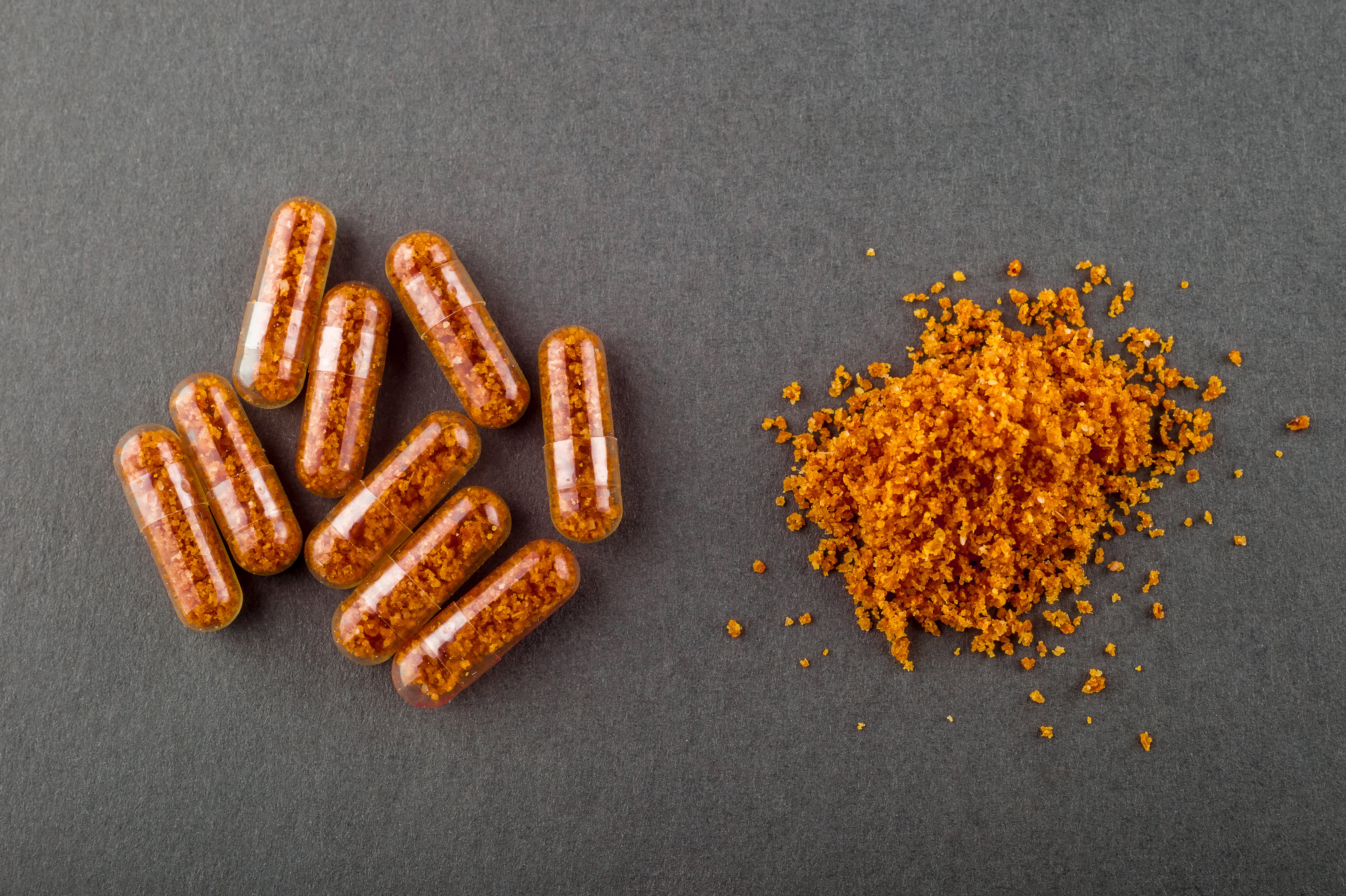

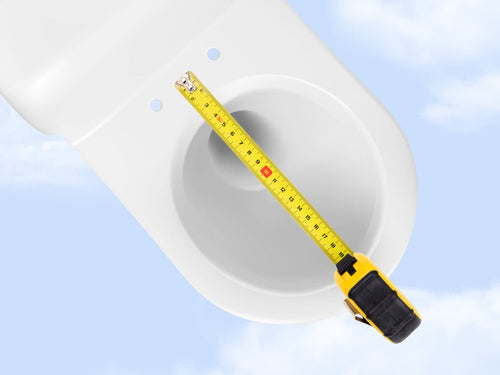




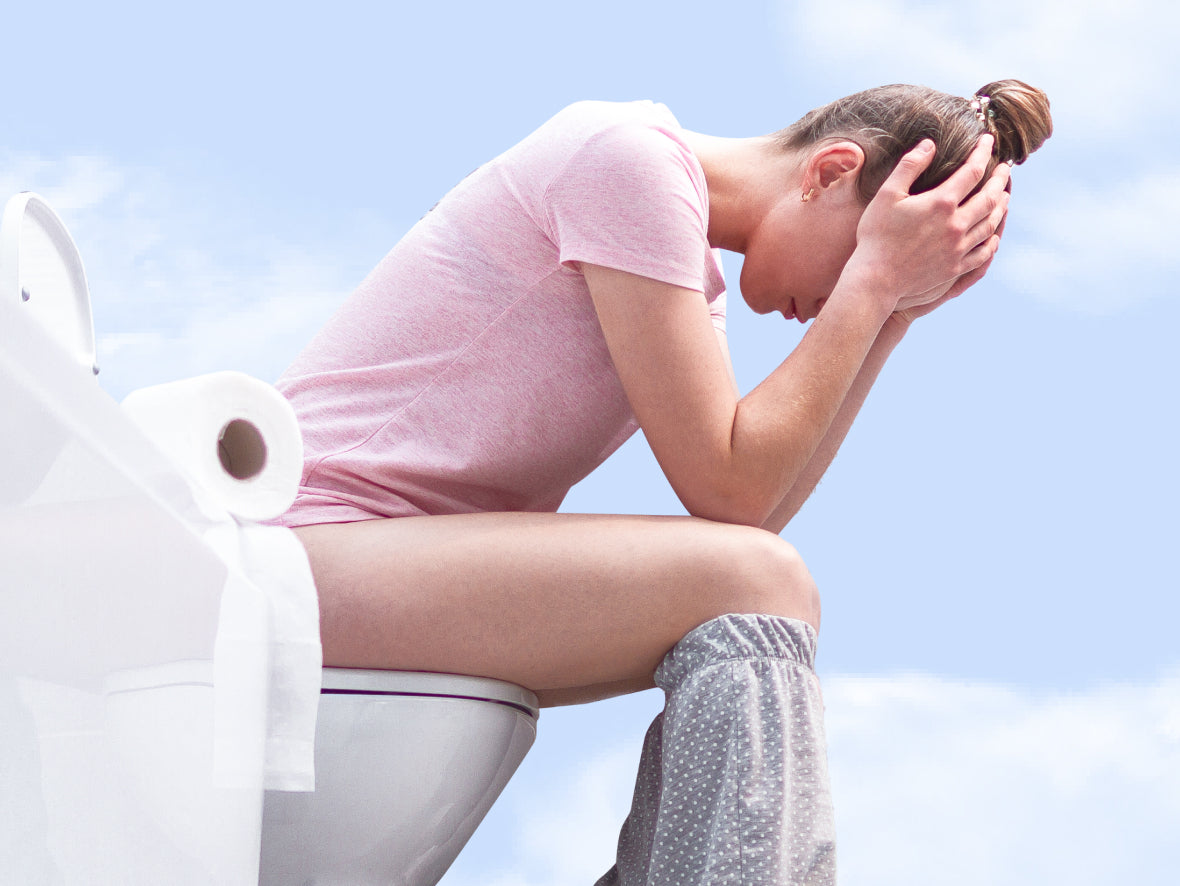



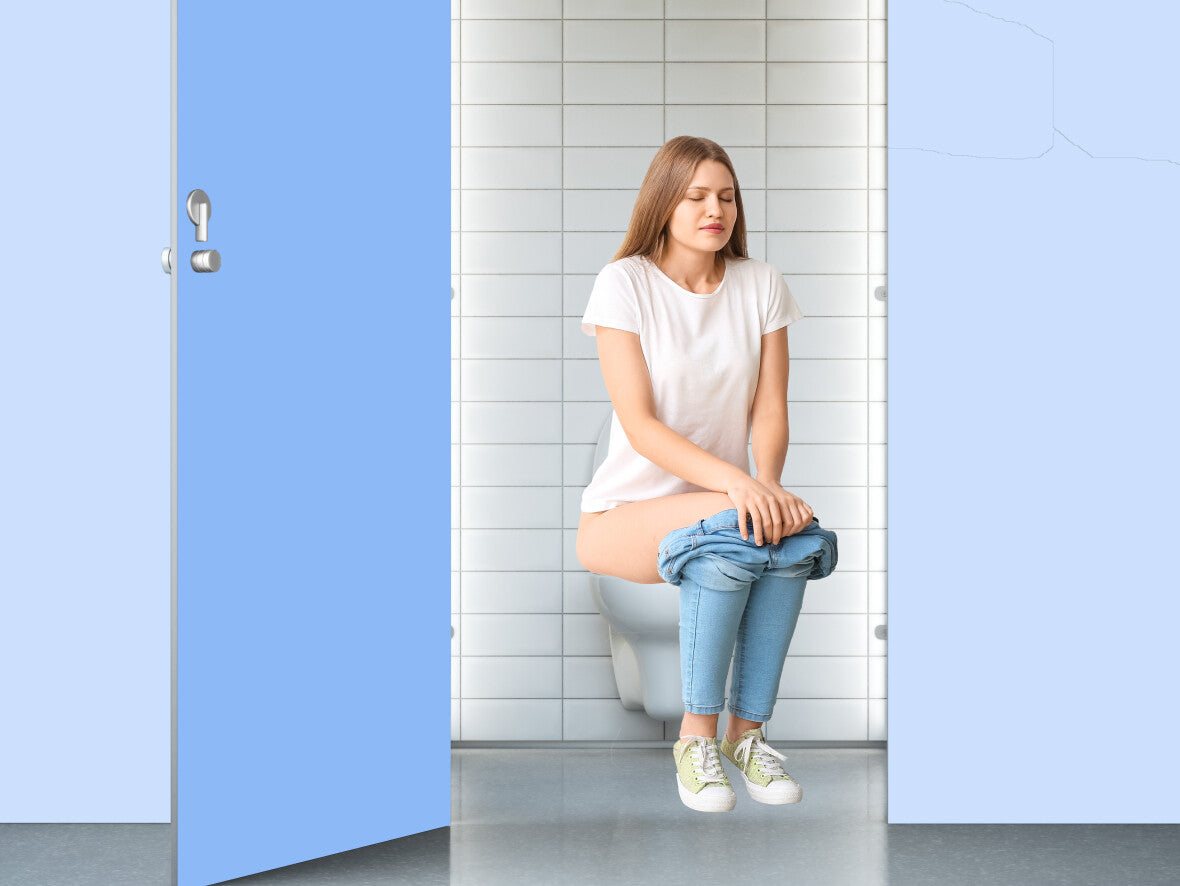

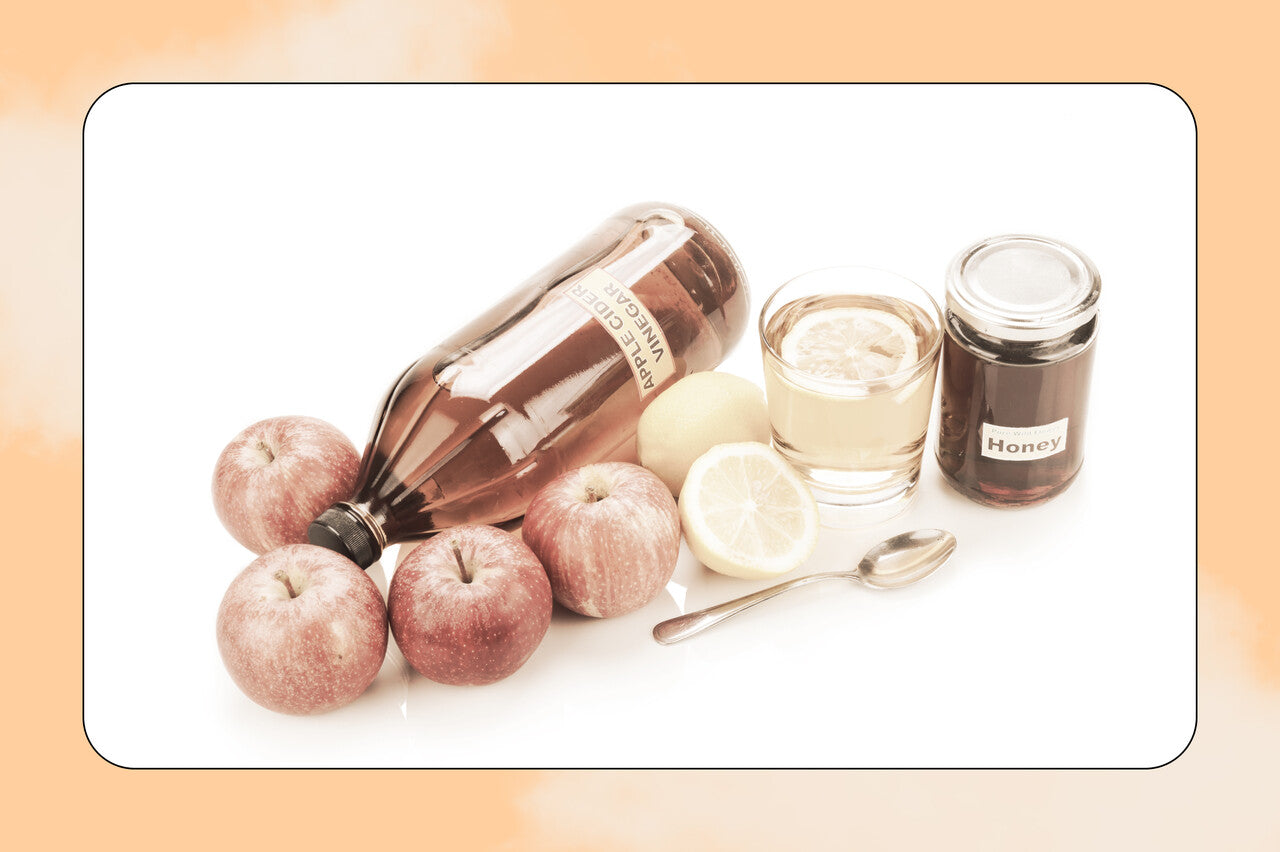
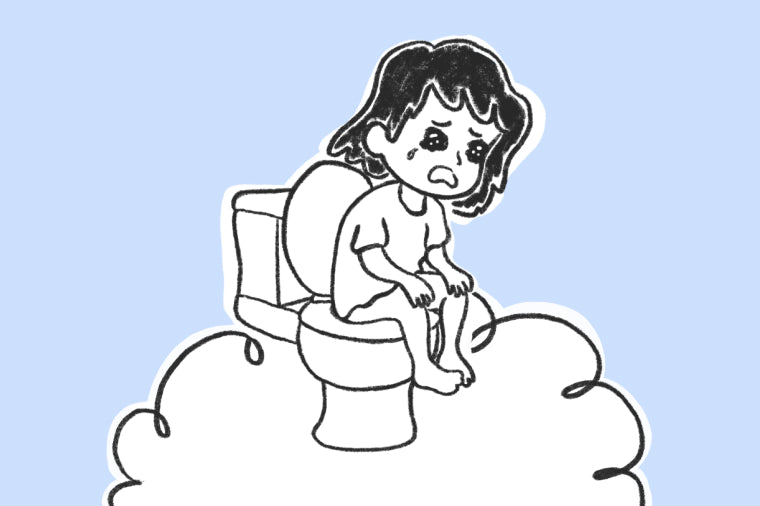

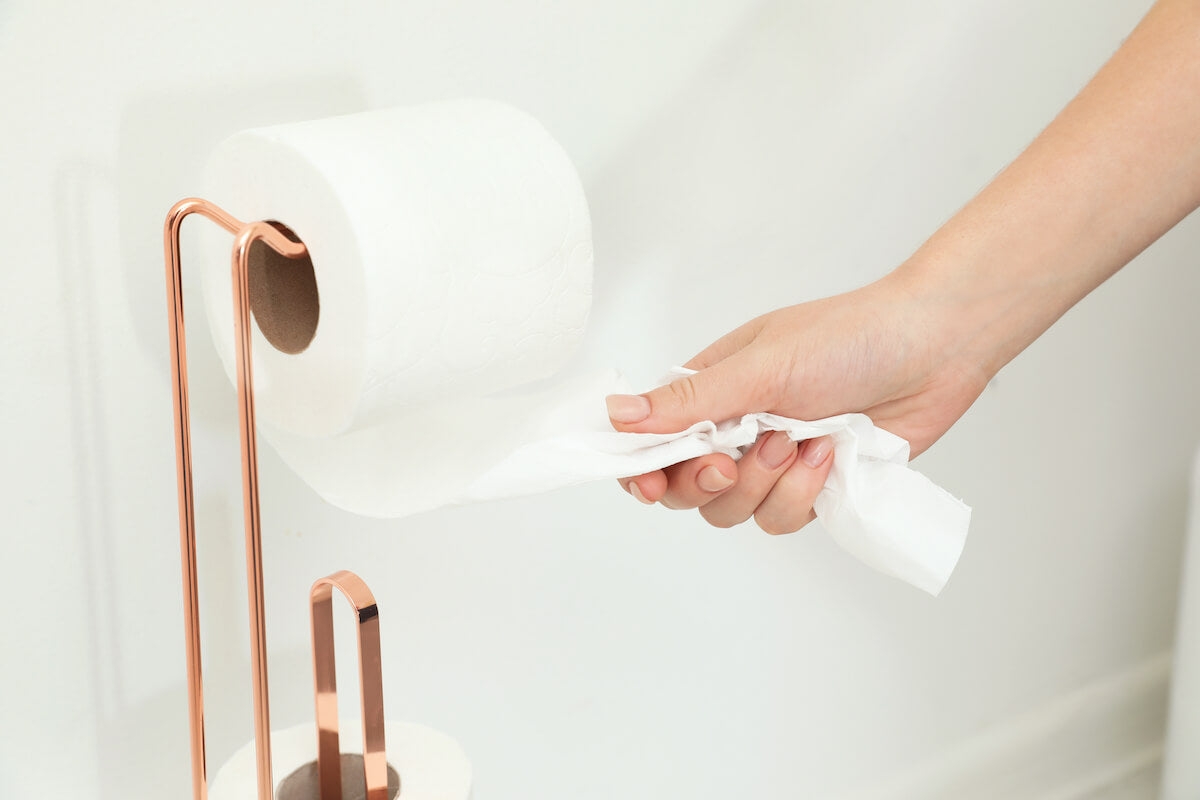

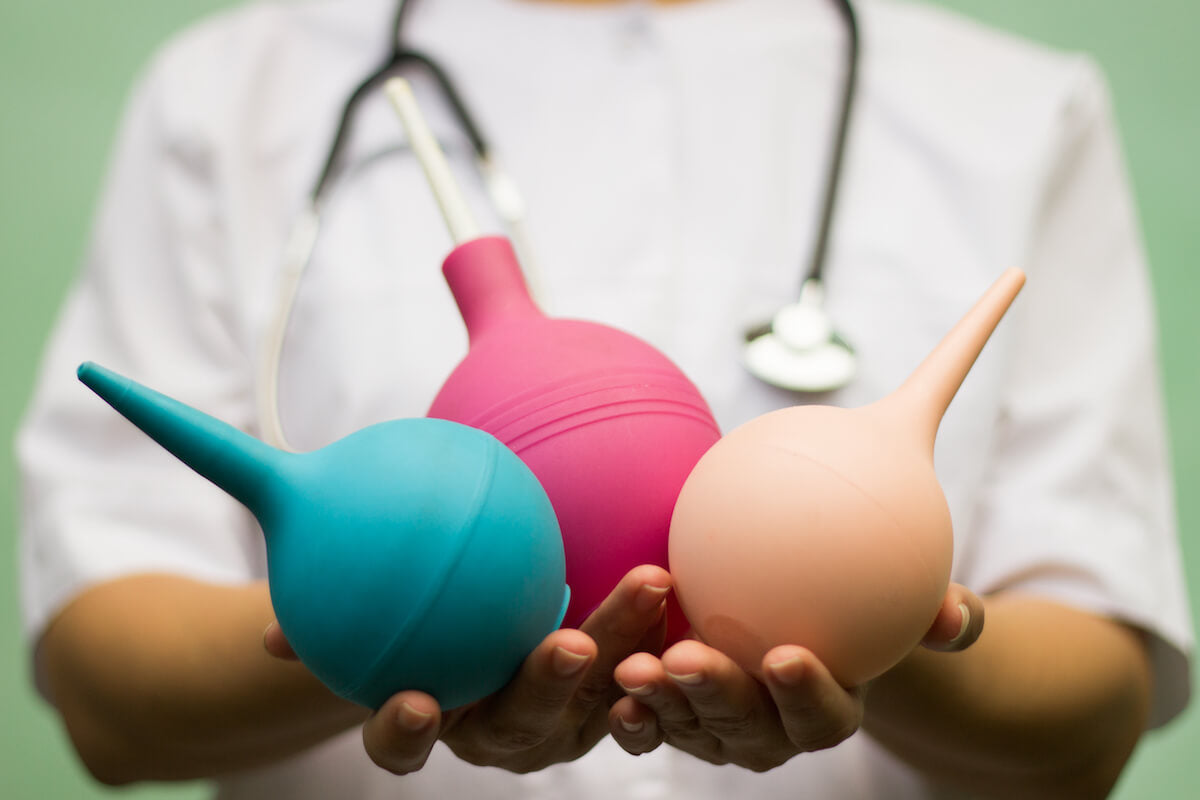
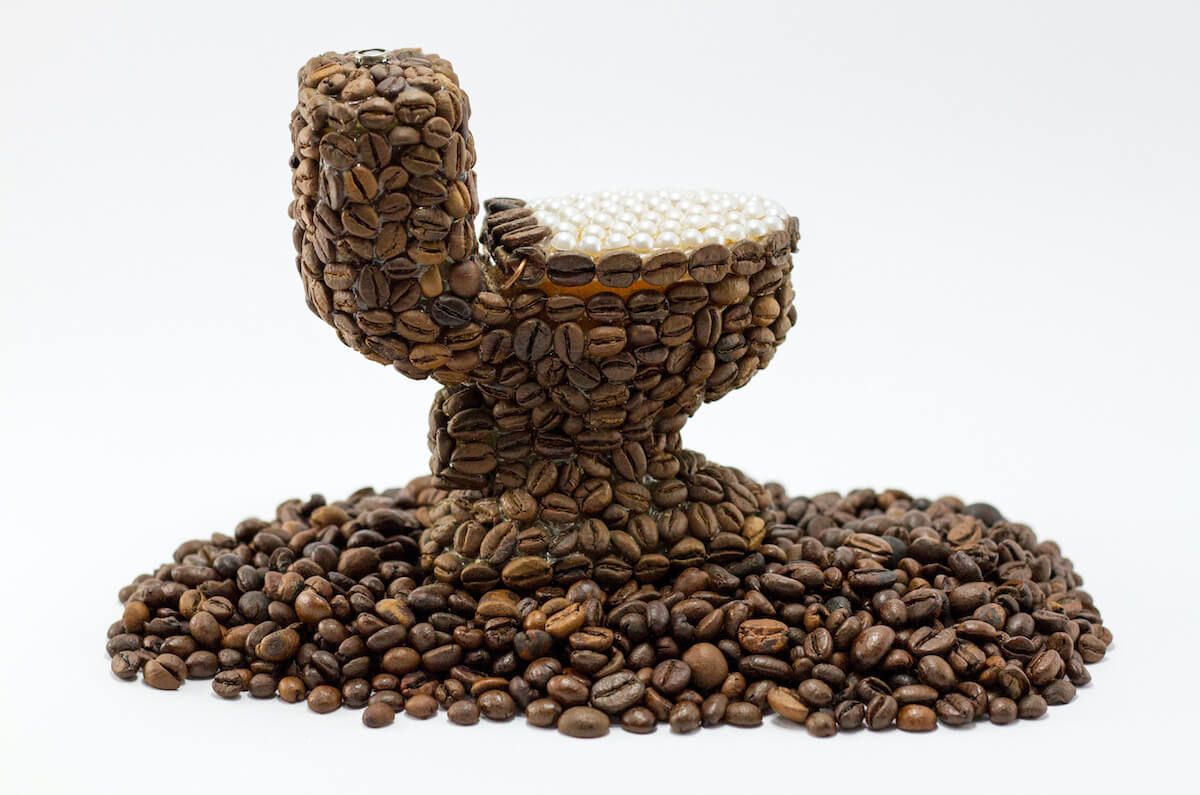

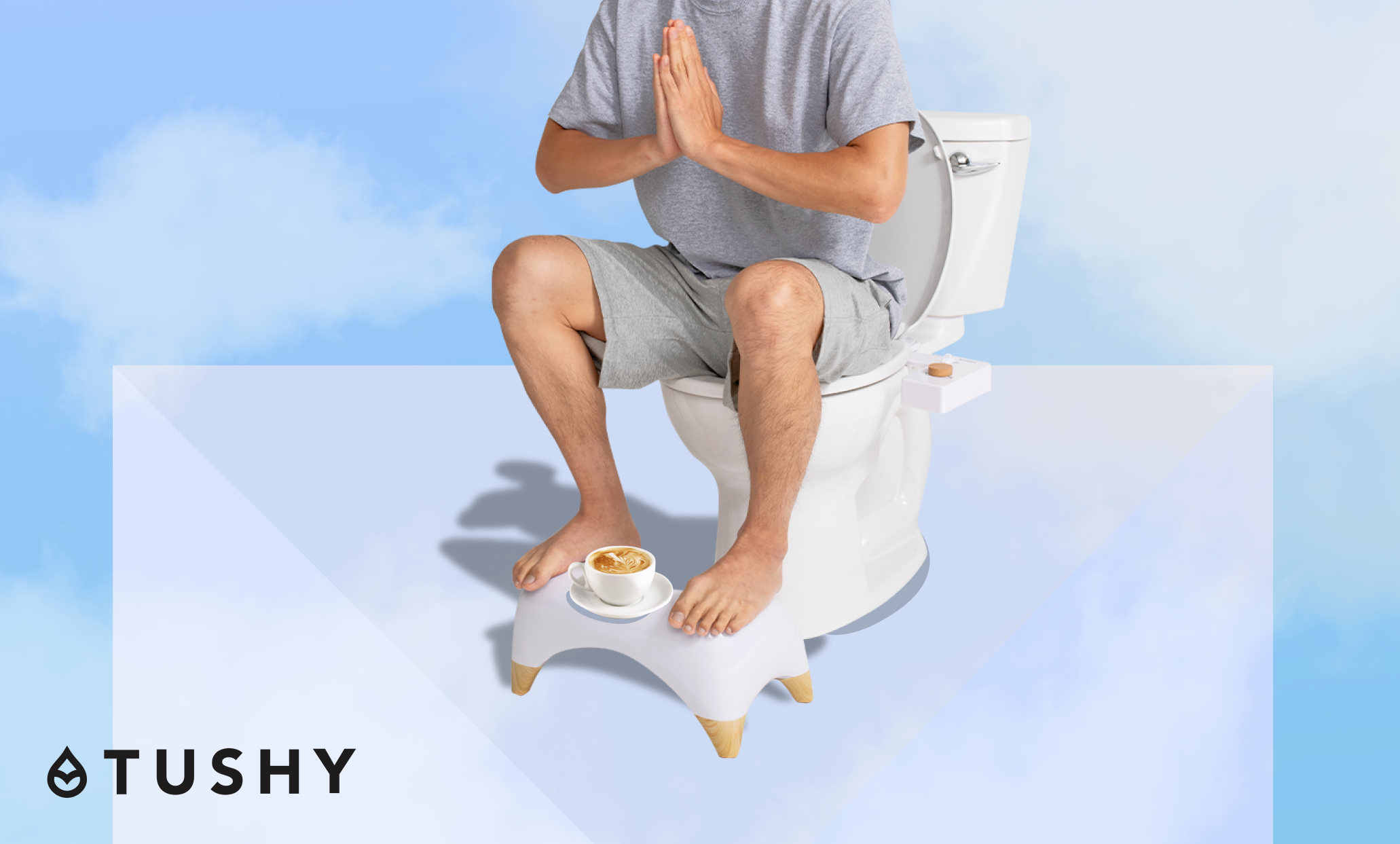
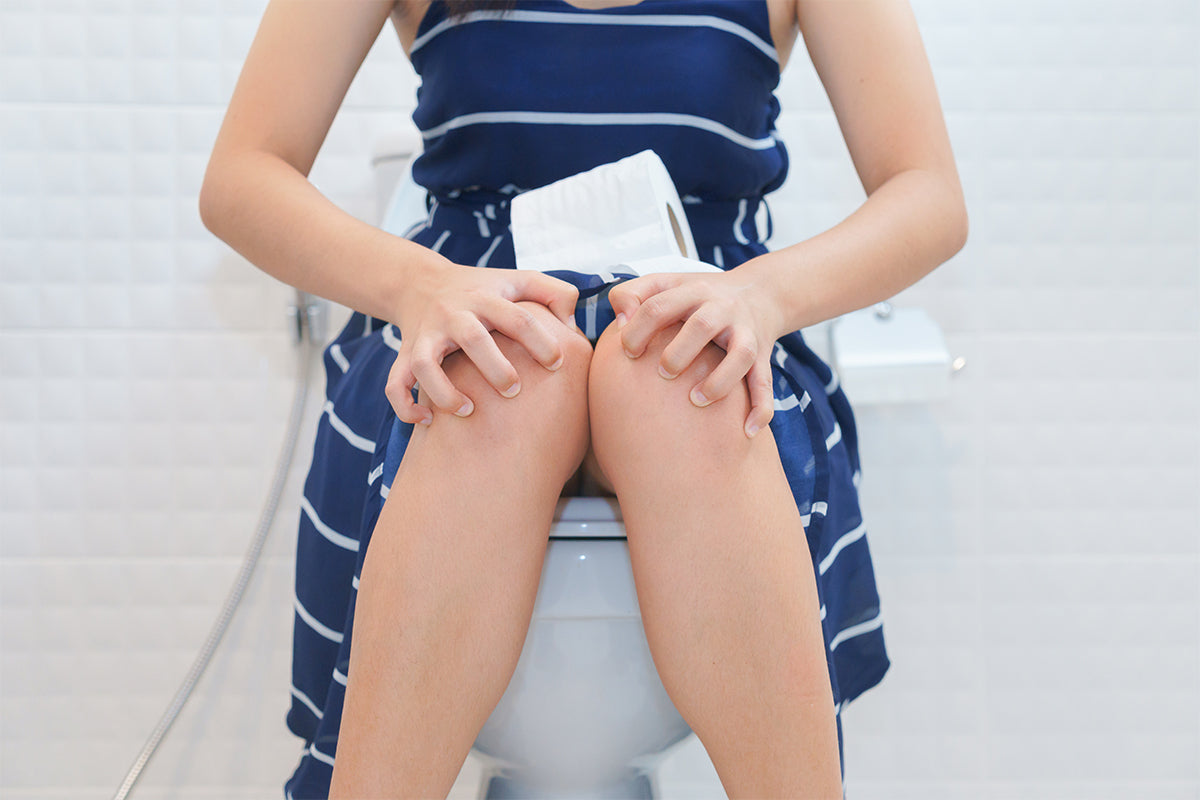
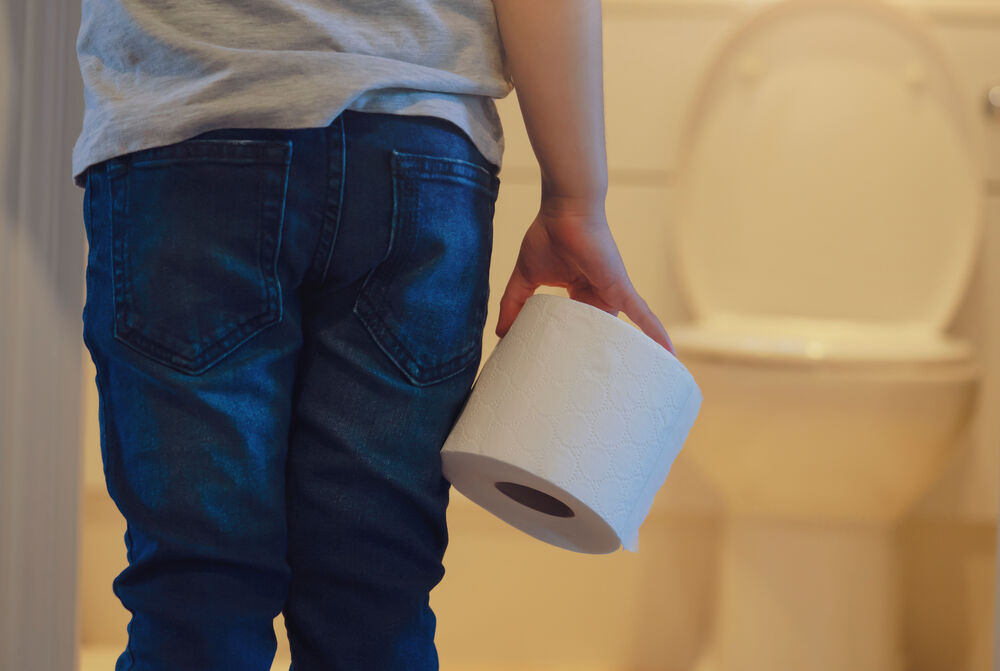




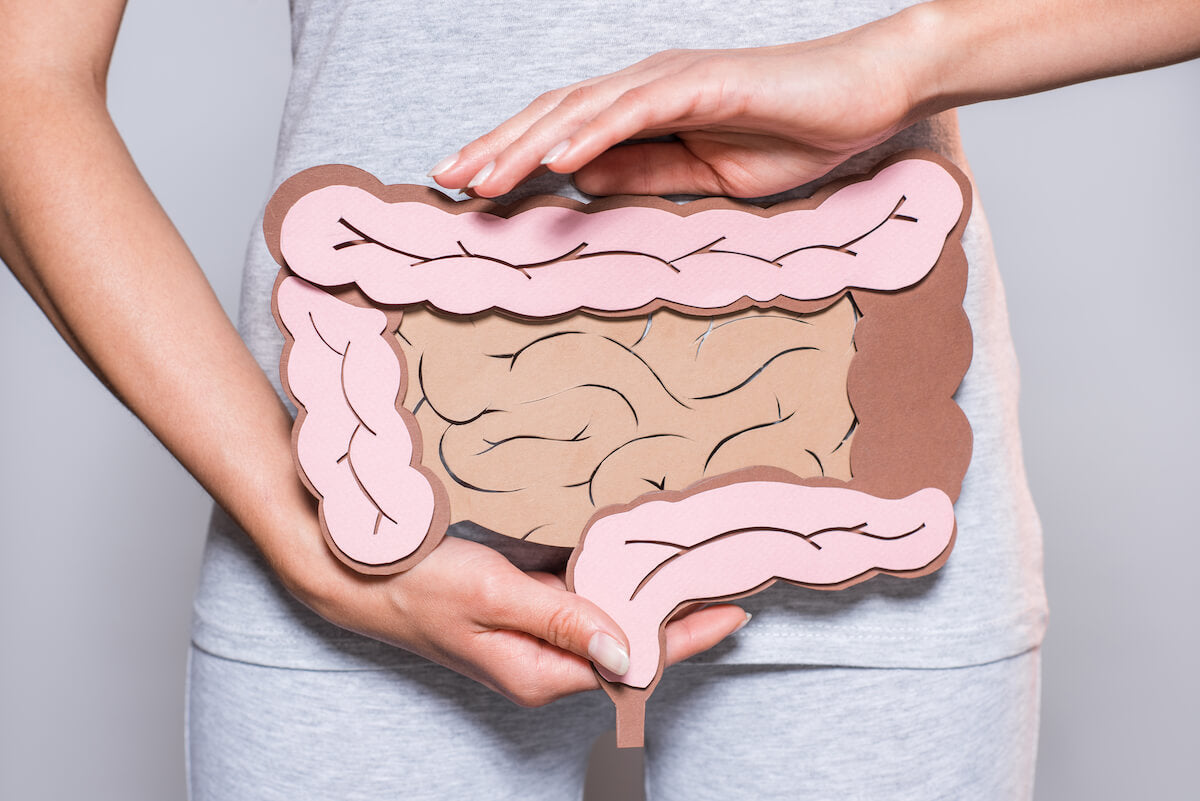


![[Survey] How Long Should You Date Before You Defecate?](http://hellotushy.com/cdn/shop/articles/how-long-should-you-date-before-you-defecate-hero.jpg?v=1611359305)
